
Hollywood studios weren’t interested in making Bond films. They were ‘too British’. It was Albert “Cubby” Broccoli who saw the value of Ian Fleming’s novels as potential feature films. Broccoli, a native of Queens, New York was living in London at the time, taking advantage of the subsidies offered to people willing to make films with British casts and crews. His first attempts bringing Bond to the screen were thwarted by the discovery that the rights already belonged to Harry Saltzman, a Canadian.
When the two were introduced to each other, they agreed to go into partnership and set up EON productions. Over the years, that company has been responsible for twenty-four films featuring the suave secret agent, James Bond. These are not the only films featuring the character. An attempt had already been made at one of Fleming’s novels, Casino Royale, by American TV network CBS, who made Bond into an American.
The same novel was also filmed again in 1967 with David Niven as Bond and the rights to that story remained out of EON’s hands until 1989. The rights to Thunderball were also disputed, which led to the remake, Never Say Never Again, in 1983. The accepted canon of the series lies with EON’s entries, however, and it is those that will form the basis of this list.
The Bond series has been going for over 50 years now, with its longest hiatus being six years between 1989 and 1995. Throughout this time, films have been churned out regularly with six actors taking their turn at the part of James Bond. Each actor has brought their own specific style and the films have reinvented themselves as times have moved on.
Other influences, such as the success of the Jason Bourne series, have also led to changes in the format and tone of the Bond films, but certain thematic approaches and standards have been maintained throughout. The films have generated massive revenue (over $7bn to date) and have become a much-loved part of the history of cinema but some entries are, as one would expect in a period of over fifty years, better than others. Some of the films have enjoyed great critical success; others have not.
Everyone has their favourites for one reason or another and sometimes this is purely down to the actors with which people identify most. There are gems in each actor’s back catalogue, however, and this list aims to judge the relative quality of the films themselves not solely based on who’s carrying the Walther PPK. Opinions vary of course, and this will no doubt provoke a lot of argument. In light of this, I have also included the IMDb ratings for each film in order to provide some context.
24. Moonraker (1979)
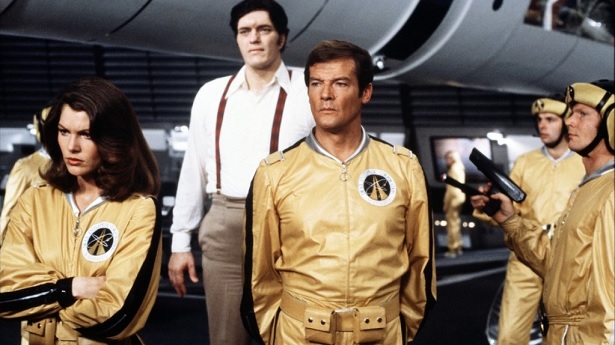
Moonraker was not on the list to be produced when it was. The film after The Spy Who Loved Me was supposed to be For Your Eyes Only. The spectre of another giant in cinema history loomed large over proceedings however and ‘encouraged’ the producers to take Bond in a very different direction. The result was messy. After the release of Star Wars in 1977, the world was alive with the buzz of science-fiction and space.
Despite the fact that The Spy Who Loved Me had performed excellently at the box office, the producers saw fit to jump on the coat tails of George Lucas and send our beloved secret agent into space. Fleming’s novel, Moonraker, had absolutely nothing to do with space. The producers stripped down the novel and rebuilt it into a carbon copy of the previous film, merely moving the setting from the depths of the ocean to the void of space.
Unfortunately, all the things that worked so well in the previous film seem tired and worn out in this one. The menace of the character of Jaws is watered down and made into comic relief with his own ridiculous romantic side plot, the speedboat chase is replicated with far less drama and the main villain, played by Michael Lonsdale, seems utterly disinterested in proceedings.
Worst of all, there is some of the most ludicrous examples of writers and producers taking things to extremes. Pigeons doing double-takes at a gondola/hovercraft, a man biting through a steel cable thick enough to support the weight of a cable car (I don’t care what your teeth are made out of, that’s not happening) and the most tired attempt at innuendo in a Bond girl’s name ever.
Ladies and gentlemen, Dr Holly Goodhead. The one saving grace is that the female lead, despite her unfortunate name, is actually an equal to Bond and pivotal to the success of their mission. This saving grace, along with the parachute sequence at the opening of the film is not enough to rescue the film, however. In the words of Warren from Buffy the Vampire Slayer, “Moonraker is inexcusable”.
23. Die Another Day (2002)
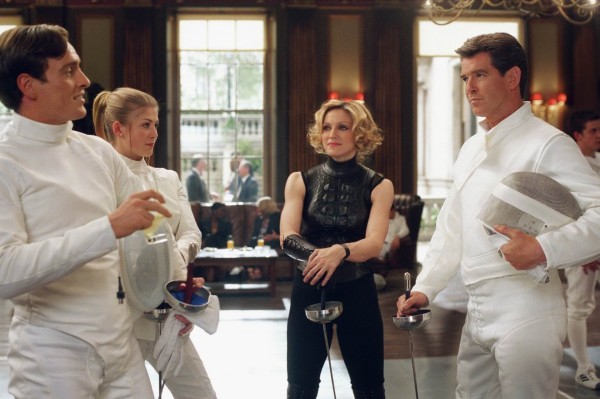
What elevates this off the bottom? Outside of the opening sequence, a great sword fight and Rosamund Pike’s turn as Miranda Frost, there is very little to separate this shocking entry in the series from Moonraker. It’s almost made worse by the wonderful way it builds our expectations in the opening, seeing Bond beaten and captured, tortured and abandoned only to revert to shameless excess later on. Even Roger Moore, the first Bond in space, found the film excessive.
The over reliance on poor quality CGI made so many scenes in the film cringe-worthy and this was only made worse by the ludicrous Madonna cameo appearance and the ham handed attempts to force a spinoff series down the viewers’ throats by placing far too much emphasis on Halle Berry’s character.
The humanity and fragility of Bond which is built up so nicely in the first act of the film is then flushed down the toilet in a haze of ice palaces, laser beams, parasurfing, Iron Man suits and the utter degradation of Moneypenny at the end. Not only this, but the film did a spectacular job of offending South Korea to the extent that they withdrew it from hundreds of theatres.
22. Quantum of Solace (2008)
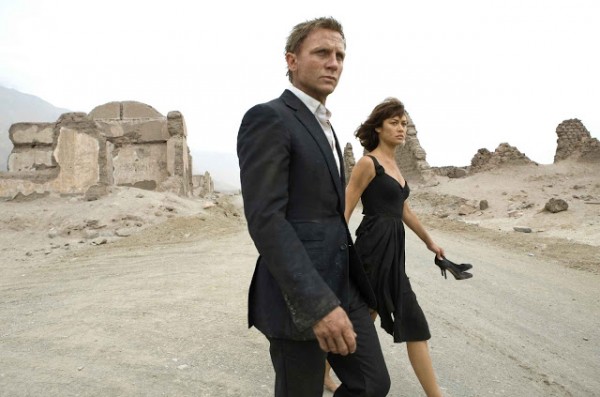
The main flaw with this film is the fact that it fails to live up to brilliance of what came before it. Daniel Craig and the producers had completely reinvigorated the franchise with their first outing only to follow up with something that feels so completely bland. That’s not to say that the film is without merit.
There are some great moments in it and it is great to see a continuing story in the franchise. We saw the human Bond in the wake of Vesper’s death in a way that we hadn’t since On Her Majesty’s Secret Service. There is also the wonderful pathos of Mathis’ redemption and death that generates a real emotional response and threatens to rip up the Superman-mythos of Bond’s character.
Unfortunately, Quantum of Solace just doesn’t seem to know where to go next. In a film where, at least taken at face value, the main threat posed by the villain is to make water slightly more expensive, it’s difficult to maintain an edge-of-your-seat feeling in the audience. The film had a lukewarm reception from fans and critics alike, some unable to get past the title. Craig does a good job as Bond despite having very little to work with for most of the film.
Another problem is the way in which callbacks and homage are dealt with. This seems to be a problem in many long-running series both on television and on screen. It seems impossible for a series to reach any kind of milestone without looking back and making references to what came before.
It happened with Doctor Who, it happened with Only Fools and Horses, it happened in spectacularly unpleasant style with Indiana Jones and it happens here with Gemma Arterton’s character. She seems to have been introduced for the sole purpose of being dispatched in a clumsy Goldfinger callback. The only thing that saves the sequence is the wonderful Judy Dench’s stern rebuke to Bond for his part in her death.
21. The World is Not Enough (1999)
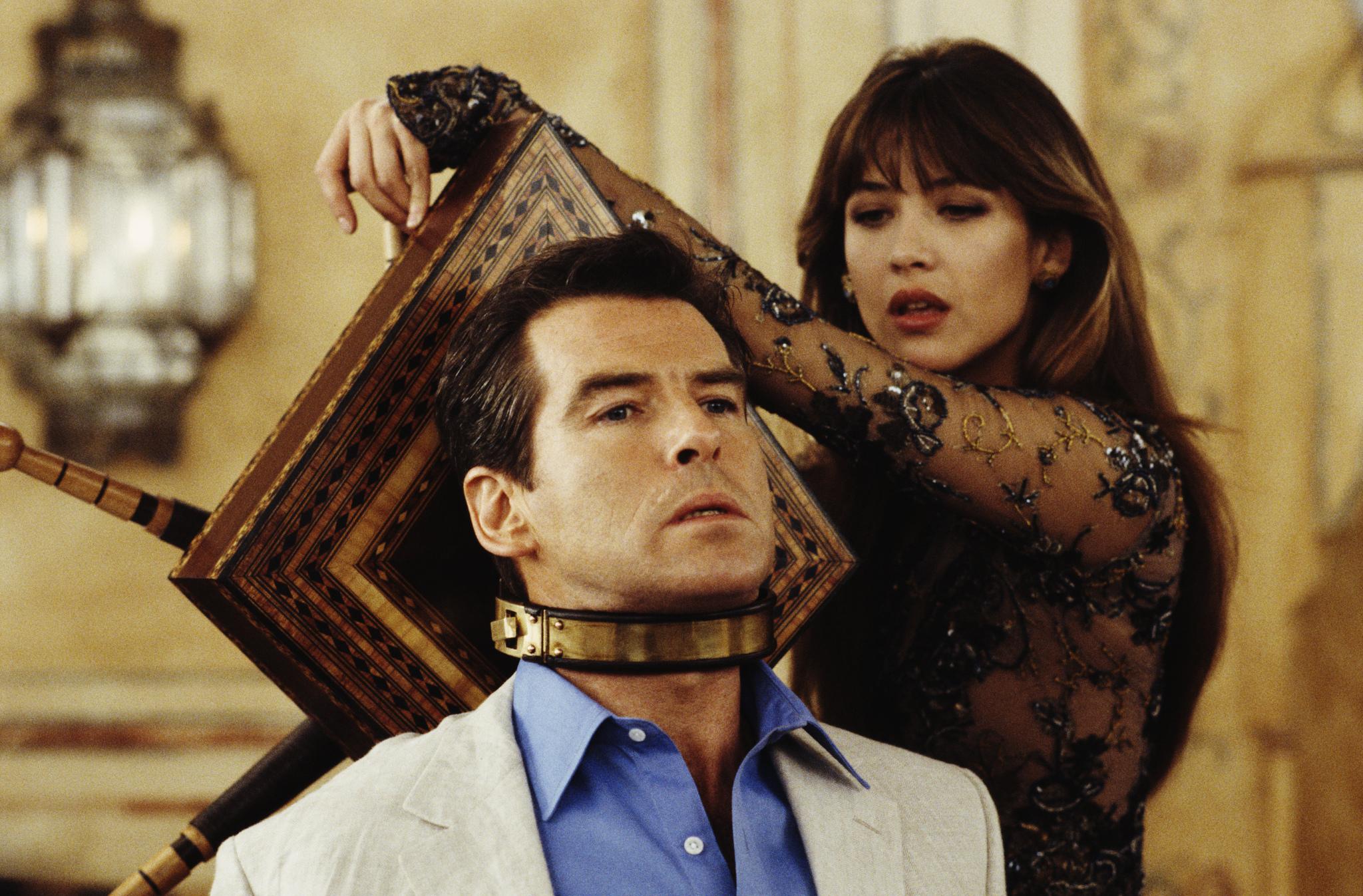
Pierce Brosnan was doing a wonderful job as Bond. He had made the part his own and given the franchise new life after its six year absence. That’s what makes the last two films of his tenure so disappointing. The subject matter he was given to work with became more and more ridiculous. Somewhere in here, there is a great story. We have a revenge plot, a femme fatale getting under Bond’s skin and lots of Judi Dench.
It’s easy to jump on the fact that Denise Richards is miscast as a nuclear scientist and that’s not the problem with the film. Why shouldn’t she be a nuclear scientist? The problem is that she’s given a ridiculous name and forced into hot pants and wet t-shirts at the first opportunity. Audiences aren’t gullible enough to be sold a premise and then have it ripped up in front of their eyes and the producers should have known that.
Sophie Marceau is given a wonderful role and time to develop it but this leaves Robert Carlyle a little short-changed with his pointless “no pain” condition that seems to have no bearing on any of the ensuing action. Balance seems to be the problem with this entry to the series and it never elevates itself to the highs that it could have enjoyed if handled differently.
20. Diamonds Are Forever (1971)
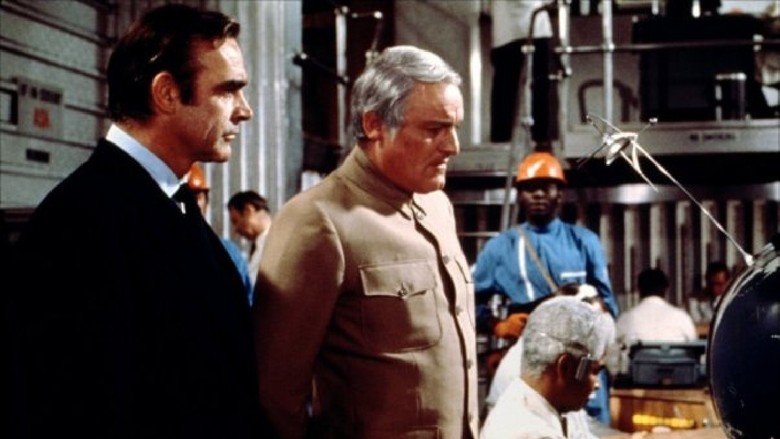
Connery’s last (official) outing as James Bond, after being brought back for a record salary by the producers in the wake of the George Lazenby experiment, is easily his worst. Despite Charles Gray making a wonderful Blofeld and the delightfully creepy pairing of Bruce Glover and Putter Smith as creative assassins Mr Wint and Mr Kidd, there is little else to like about this film.
The plot, until Blofeld’s appearance, is largely forgettable and the location of Las Vegas seems quite tacky after what has come before. The lighting of the film is at times very harsh and makes it seem a lot more dated than other entries in the series.
Many people were also put off by the camp nature of the plot and found Jill St. John’s character, Tiffany Case, to be particularly useless. She seems to stand as a missed opportunity in many ways. The film sets her up as a smart, sassy independent woman but then this is abandoned as all her wits and grit are stripped away and replaced with a bikini.
Despite re-assembling most of the crew of Goldfinger for the film, including director Guy Hamilton, the film lacks any of the punch of that previous outing, instead meandering towards a very disappointing finale in which the world can be saved by sleight of hand with a cassette because the villain never thought to have a couple of extra copies of it.
19. Thunderball (1965)
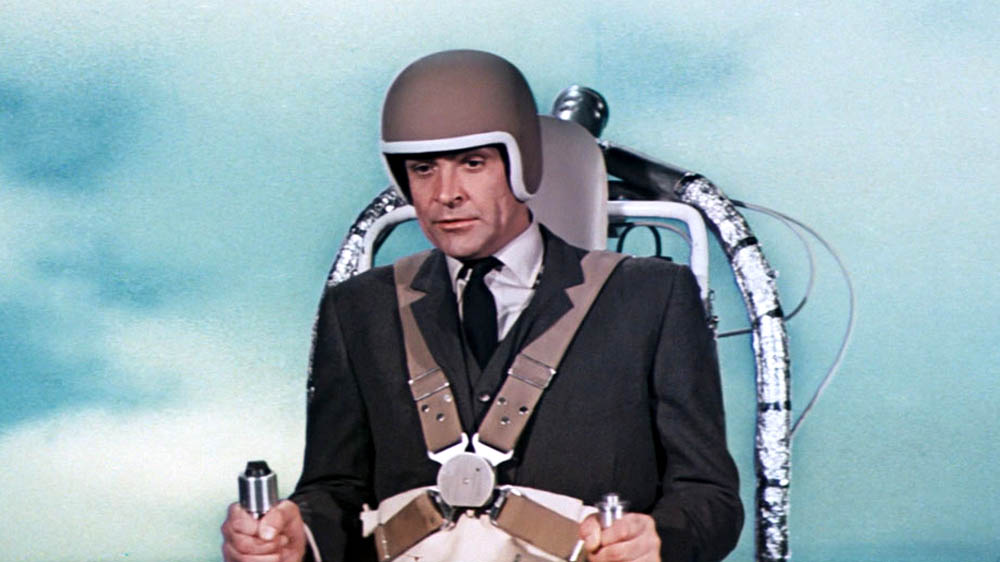
This is a film that should be higher up the list. What condemns it to the low position it occupies is the turgid, dismal underwater finale. Everything is set up well enough and there are some tremendous things about the film.
Firstly, we have a complex female lead in the character of Domino. She has an actual backstory that you can believe in and has her own motivations. We have the credible plot in which stolen nuclear weapons are used to hold the world to ransom and the re-emergence, after Goldfinger, of the organisation SPECTRE as a foil for 007’s efforts.
The main villain is well-drawn, if somewhat out of the Columbo textbook approach in that he spends most of his time talking politely to Bond whilst trying to kill him. There are good action sequences including the memorable chase scene through the Junkanoo and its climax with Bond dancing Fiona Volpe, who steals all her scenes, into a bullet.
It is also to the film’s credit that it lets Domino exact her revenge, saving Bond rather than the other way around. The film is not afraid to wade into some dark territory in terms of abusive relationships, including a distressing off camera torture scene involving ice and a cigar, but this is sullied in some ways by Bond’s own less than exemplary behaviour. In particular, his behaviour with his therapist in the health club section of the film is highly questionable.
Unfortunately, as previously stated, every time the film builds up a head of steam, the viewer is plunged back into the murky ocean depths for more ‘action’. These segments of the film are interminably long, highly confusing, poorly lit and just seem devoid of any actual drama which is a real shame as it takes the wind out of the sails of an otherwise enjoyable adventure.
18. A View To A Kill (1985)
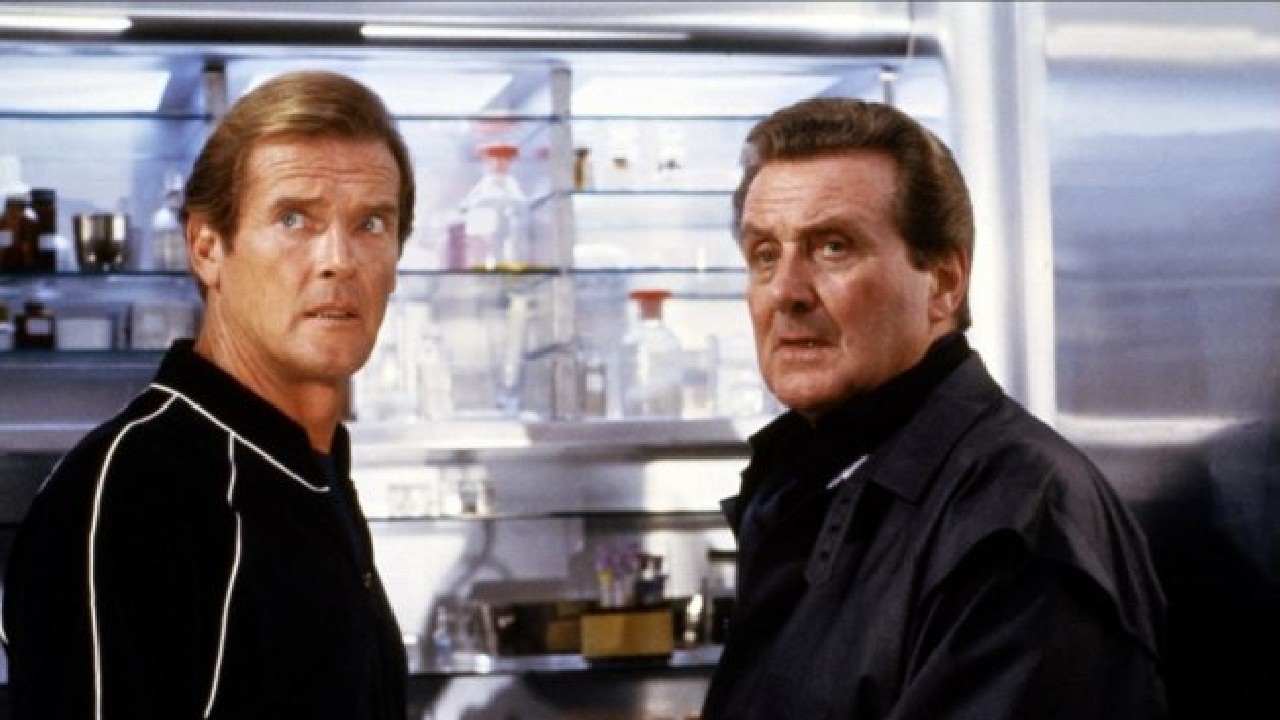
Roger Moore was asked once why he finally decided to give up the role of Bond. His response, as cool and collected as his on screen character, was that “it got to the point where getting out of a chair was a stunt.” By the time Moore filmed A View to a Kill, he was 57 years old; he was horrified to learn that he was older than his leading lady’s mother.
Truly there is so much in the tone of this film that should condemn it even lower down the rankings, whether that be the completely pointless damsel in distress that is Stacy Sutton, the out of step machine-gunning of crowds of mineworkers that was so abhorred by Moore or the hordes of women that are casually bedded to eat up some screen time.
The things that elevate this particular entry in the series are the villains. Christopher Walken turns in a magnificent performance as the unhinged genetic experiment that is Max Zorin. His timing and delivery are impeccable and he seems for the most part to be more than a match for the ageing Bond. Walken’s portrayal of the character drives up the stock value of everything else in the film immeasurably. He is also aided ijn this by a marvellous piece of work by Grace Jones.
Although her character is turned in the style of Jaws in Moonraker, a little too conveniently for the plot, she spends most of the film as a classy, hard-boiled antagonist. It’s a pity that more time was wasted on the trip to Paris and not spent on developing the pair’s backstory, which would have made her betrayal at his hands all the more poignant.
17. The Man With The Golden Gun (1974)
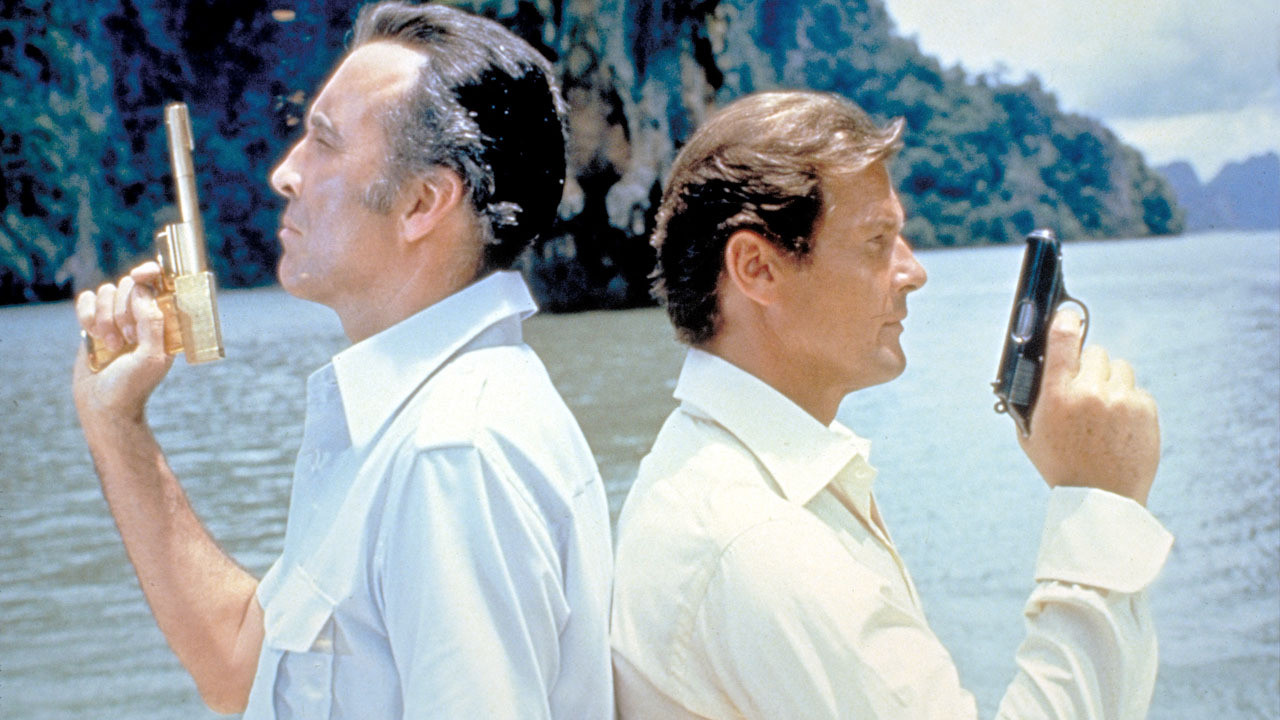
Christopher Lee turns in a fantastic performance in this film; one of the greatest Bond villains ever. He is the perfect antagonist for Bond; a man who has equal levels of skill and, one might say, detachment. The pair dance around each other for the majority of the film before finally meeting on the obligatory tropical hideaway.
Lee is the real standout in this film and their relationship and interplay are the things which elevate this film to its position on the list. Britt Ekland turns in a performance on a par with Tanya Roberts in A View To A Kill. It doesn’t help that she’s made to wait in a wardrobe while Bond has his way with someone else only to be told afterwards, “Your turn will come.”
Different times, one supposes, but that in no way excuses some of the horrific misogyny on display in parts. Only moments separated from this scene is another in which Bond threatens to break a woman’s arm unless she tells him what he wants to know. This isn’t really selling the vision we want of a debonair secret agent.
The film was savaged by some critics upon its release and has not gained much in popularity over the years which is unfortunate as it is merely a product of its time. Just as Moonraker tapped into the Star Wars zeitgeist, The Man With the Golden Gun borrowed from the kung fu craze that was so fashionable at the time. It’s a fair effort with some stand out moments including the ingenious car jump scene that set a new standard in stunt engineering.